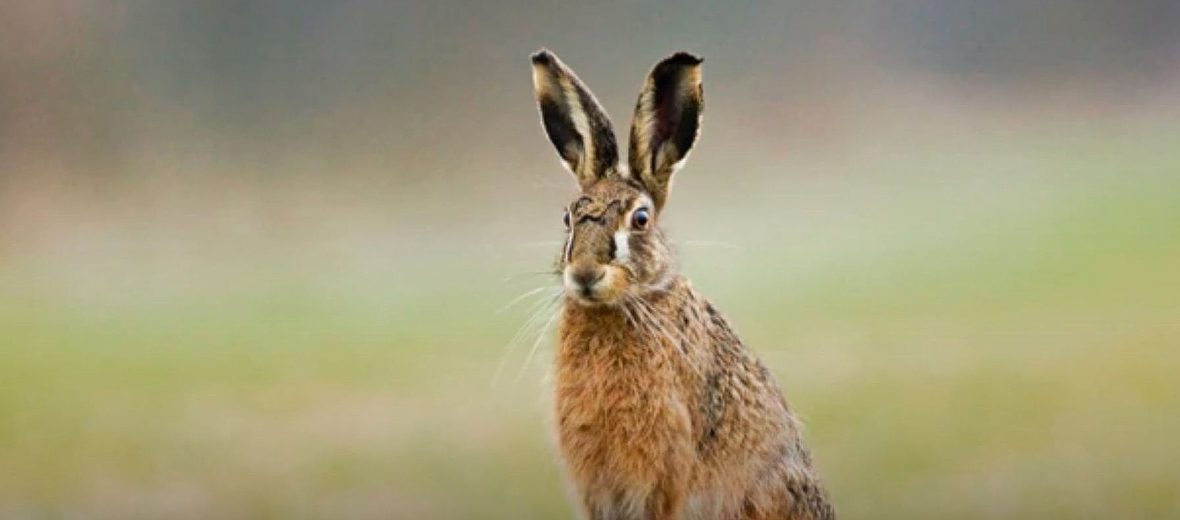
The hispid hare, aka bristly rabbit or Assam rabbit, hails only from Bangladesh, Bhutan, India, and Nepal. They prefer tall grassland habitats but will also retreat to grassy or marshy habitats near rivers during the fire season. These hares were once quite prolific, but due to habitat loss at the hands of residential and commercial developments, agriculture, fires & fire suppression, and logging; hunting; trapping; invasive species (and with them disease and competition for food); and finally climate change (which causes flooding and storms), these hares are now listed as Endangered by the IUCN. Their numbers are also decreasing all the time.
First the Stats…
Scientific name: Caprolagus hispidus
Weight: Up to 92 ounces
Length: Up to 18.7 inches
Lifespan: Up to 3 years
Now on to the Facts!
1.) These hares are mostly solitary and only come together with food abundance and to mate.
2.) Hispid hares are crepuscular (active at dawn and dusk).
3.) Contrary to other hare species, hispids are slower moving.
4.) They do not build burrows, but rather will either hide in the tall grass or in abandoned burrows of other creatures.
5.) A group of hares is called a band, down, drove, flick, husk, or warren.
But wait, there’s more on the hispid hare!
6.) The hispid hare, like all hares is herbivorous (eats plant matter). They consume grass roots, bark, shoots, and sometimes even agricultural crops.
7.) Coyotes, foxes, weasels, and domestic & feral dogs all prey on hispid hares. Not to mention farmers who kill them for eating their crops.
Did you know…?
They might be called hares, but hispid hares are actually rabbits. The difference between a hare and a rabbit is that hares have longer ears and legs, larger bodies, and hares tend to be solitary, whereas rabbits tend to live in groups called downs and build burrows called warrens. Hares tend to live above ground.
8.) Hispid hares breed 1 – 2 times per year.
9.) Females undergo up to a 31 day gestation (pregnancy) that yields up to 5 leverets (babies).
10.) They are the only species in the genus Caprolagus.
Now a Short Hispid Hare Video!
Be sure to share & comment below! Also, check out the Critter Science YouTube channel. Videos added regularly!
Want to suggest a critter for me to write about? Let me know here.



